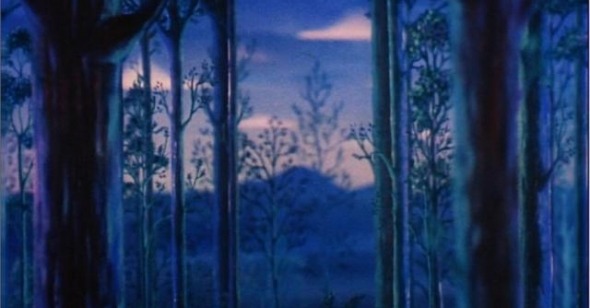Entering summer’s dog days, we’re starting to feel somewhat lethargic. Maybe that’s why for this issue of Reverse Shot we could only muster the energy to fixate on one shot. Just one single shot—from any movie, whatever genre, whatever period—forms the basis for our newest symposium, Reverse Shot: Take One. Take One inaugurates an ongoing series of symposiums in which our writers will tackle the whole of a film through some fundamental piece of cinematic construction: an edit, musical cue, color, and so on. We hope this back to basics approach will work as much to help our readers rediscover the pleasures of film form, as it will to ensure that our writers maintain their relationship to the same.
So, Take One is then a means to an end: getting back to the intrinsic power of the image. It’s easy to take a film and view it through a lens proscribed by the Reverse Shot editorial team, perhaps less easy to view a work through a small portion of the terms it sets forward for itself. We asked our staff writers and contributors to choose a single shot, whether that be a long take or an insert, a momentary flash or a monumental camera movement, and devote their words to it, putting it into whatever emotional, theoretical, or historical context they desired. What’s revealed? The meaning of the shot, both to the writer and to the films from which they came. Something seemingly simple, but which proved thoroughly expansive.
We weren’t necessarily asking for anything as drastic as a Persona cutaway or the entirety of Russian Ark, but rather something in between (though particularly extreme examples hold myraid possibilities). What is in this image, this moment, tracking or static, traveling or fixed? Does an elaborate tracking shot necessarily contain more “meaning” than a brief reveal? Can a mere flicker upset the dynamics of a narrative completely? What's crucial is that in this one shot we find an entire history, an entire story. This shot might represent a coalescing of a filmmaker's vision; conversely it can perhaps stand opposed to whatever may be perceived as that director’s outlook—perhaps it is in this shot where a film, or an oeuvre, breaks down. What is in a shot?
